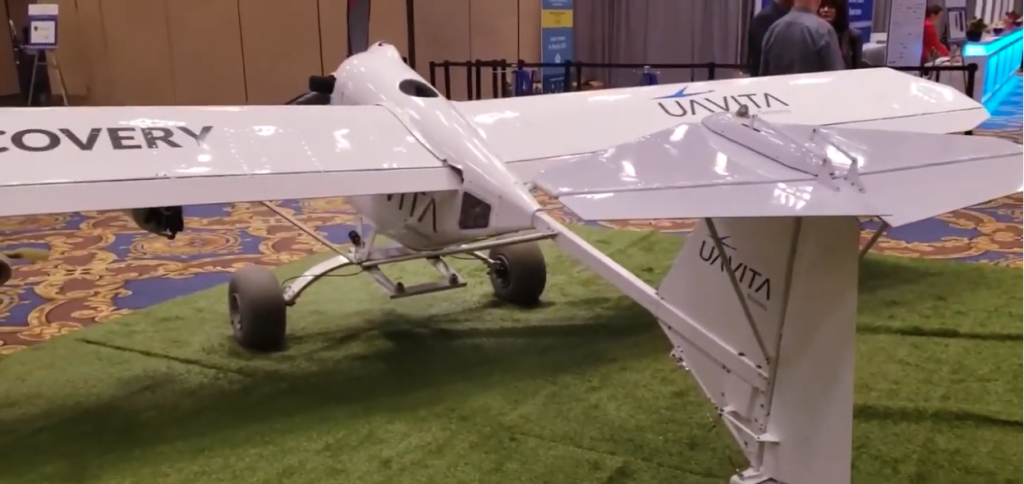Current conversations about the future of drone development have mostly revolved around how to better automate operations and to make drones fly longer with bigger payloads. This has been for good reason. The longer a drone can stay in flight, the less time it takes to complete operations. The more a drone can carry, the more use cases it has. And the less a pilot has to do to get the drone up in the air, doing what it needs to do, the easier it is for businesses to adopt it as a solution.
UAVita is one of the drone developers moving long-range UAV flight further along with the introduction of Discovery, a medium-sized, fixed wing, long-range, heavy-payload UAV system. Having first started as a crop dusting and analyzing solution for agriculture, the use cases for the Discovery has continued to grow. It is now being used in other long-range applications such as search and rescue, highway monitoring, and powerline inspections.
Equipped with automatic BVLOS flight capabilities, Discovery is capable of carrying 176 pounds with 6 hours of flight time, obtaining cruise speeds of 62 mph. When combined with its custom control center and flight planning software, it is adding a level of functionality that addresses the needs of many UAV operators: to fly longer and carry more with increased automation.
Commercial UAV News spoke with Yuri from UAVita to discuss the various use cases for the Discovery, and who is benefitting from this technology today. If you are interested in exploring UAVita’s solutions further, you can contact them via their website uavita.com or find them on Instagram.
















Comments